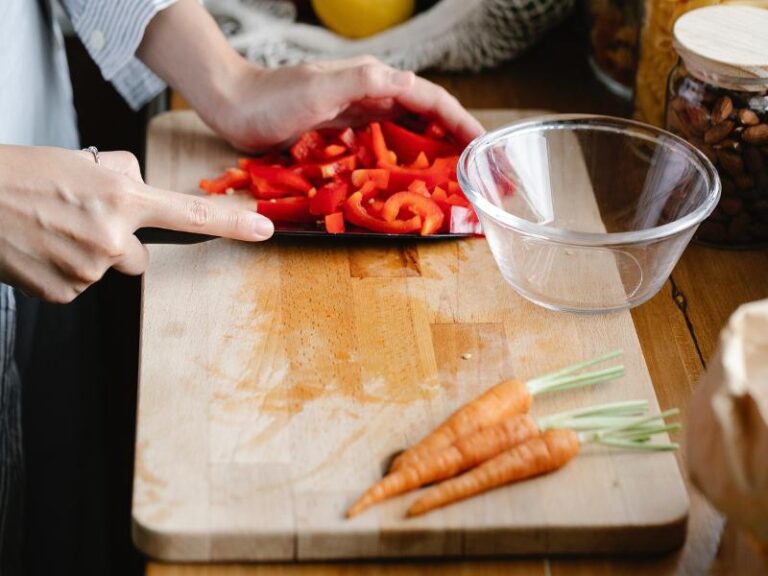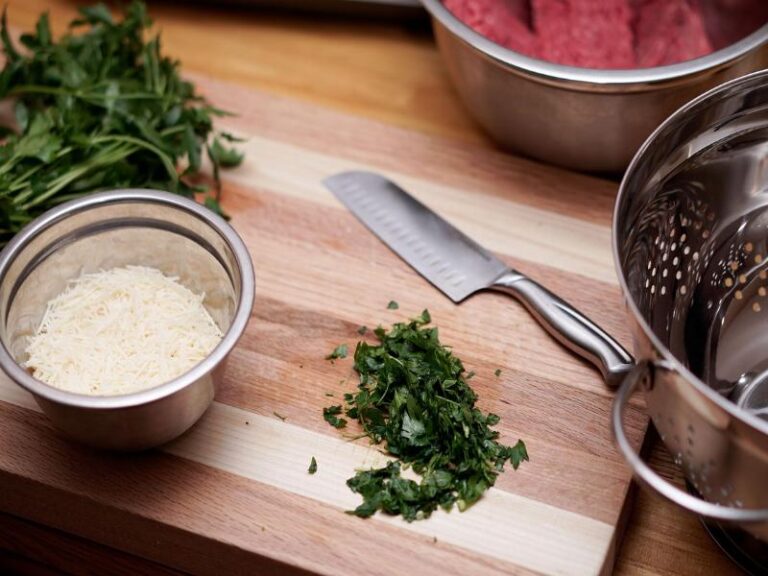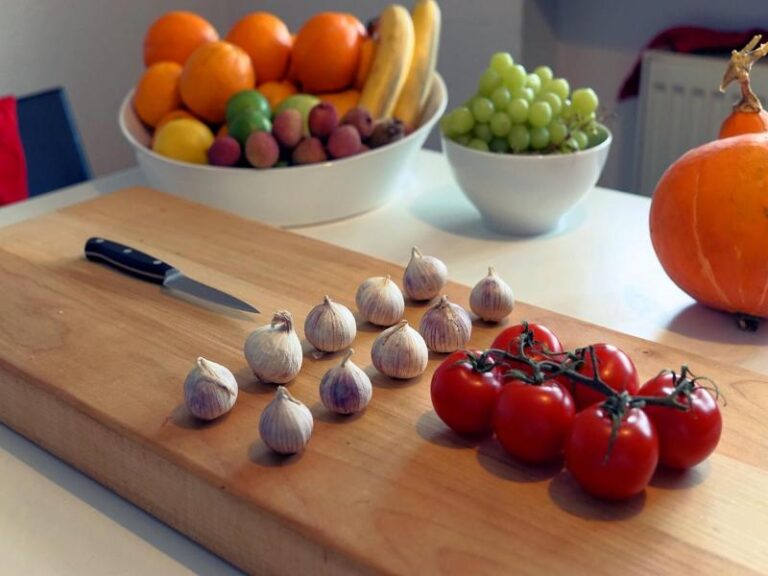John Boos Cutting Boards – A Kitchen Classic
When it comes to kitchen tools, a good cutting board is one of the most important investments you can make. For many chefs and home cooks, the name “John Boos” is the gold standard. Known for their durability, beauty, and heritage, John Boos cutting boards have been trusted for well over a century.
Over a Century of Quality
John Boos & Co. began in 1887 in Effingham, Illinois. At first, they made butcher blocks for local meat markets. Over time, the company expanded its range, creating cutting boards, countertops, and kitchen furniture. What hasn’t changed is their commitment to high-quality materials and expert craftsmanship. Today, their products are still made in the USA, combining traditional woodworking with modern precision.
Built from Premium Hardwoods
A John Boos cutting board starts with the wood. The company uses only select North American hardwoods such as:
- Maple – Light, strong, and perfect for everyday cooking.
- Walnut – Dark and elegant, ideal for both food prep and serving.
- Cherry – Warm reddish tones that age beautifully over time.
These woods are chosen not just for their looks but for their durability and ability to protect knife edges. Wooden boards are far gentler on blades compared to glass or ceramic surfaces.
Board Styles to Fit Every Kitchen
John Boos offers several types of cutting boards, each suited to different needs:
- Edge-Grain Boards – Made by joining strips of wood side by side. They are lighter than end-grain boards, cost less, and still provide excellent durability.
- End-Grain Boards – Show the wood fibers on top, creating a “checkerboard” pattern. End-grain surfaces are self-healing, meaning they resist deep knife marks and last a very long time.
- Reversible Boards – Many Boos boards are double-sided, often with one side flat and the other featuring a juice groove for carving meats.
- Specialty Boards – Some include built-in trays, handles, or rustic edges for serving directly at the table.
Why Professionals Choose John Boos
Professional chefs often rely on John Boos boards because they are:
- Extremely Durable – With proper care, they can last decades.
- Knife-Friendly – The wood surface protects knife edges from dulling quickly.
- Available in Many Sizes – From small boards for quick chopping to massive butcher blocks for serious work.
- Visually Appealing – Their natural wood grain makes them attractive enough to keep on display.
Famous chefs like Ina Garten, Rachael Ray, and Bobby Flay have been seen using John Boos boards in their kitchens and TV shows.
Simple Care for Long Life
A John Boos board will last for many years if it’s cared for properly. Here are some basic rules:
- Hand Wash Only – Never put your board in the dishwasher.
- Dry Immediately – Avoid letting it sit wet for long periods.
- Oil Regularly – Use food-grade mineral oil or Boos Board Cream to keep the wood hydrated.
- Sanitize Naturally – Use vinegar, lemon, or salt to clean and deodorize without harsh chemicals.
Following these steps prevents cracking, warping, and bacterial buildup.
Environmentally Responsible
John Boos is also committed to sustainability. They source wood from responsibly managed forests, recycle wood waste into energy for their plant, and reduce waste wherever possible. When you buy a Boos board, you are supporting eco-friendly manufacturing.
Choosing Your Board
Before buying, think about how you cook:
- Everyday Cooking – An 18″ x 12″ maple edge-grain board works for most daily tasks.
- Heavy Butchering – A thick end-grain block handles large cuts and heavy chopping.
- Serving and Display – Walnut or cherry boards look beautiful for cheese, charcuterie, or bread.
- Small Kitchens – The Chop-N-Slice series is lightweight and easy to store.
More Than Just a Cutting Surface
A John Boos board isn’t just a kitchen tool—it’s an heirloom. With care, it can last long enough to pass on to the next generation. Its timeless design, strong build, and versatility make it a centerpiece in many kitchens.
Whether you’re dicing vegetables for a quick salad or carving a holiday roast, a John Boos cutting board makes the job easier and more enjoyable.
Final Word
For over 130 years, John Boos has been making cutting boards that combine beauty, function, and lasting quality. They are a favorite of chefs, food lovers, and anyone who appreciates fine craftsmanship. Investing in one means you’re getting more than just a piece of wood—you’re bringing home a reliable partner for countless meals ahead.
If you’re ready to upgrade your kitchen, a John Boos cutting board is a choice you’ll never regret.





